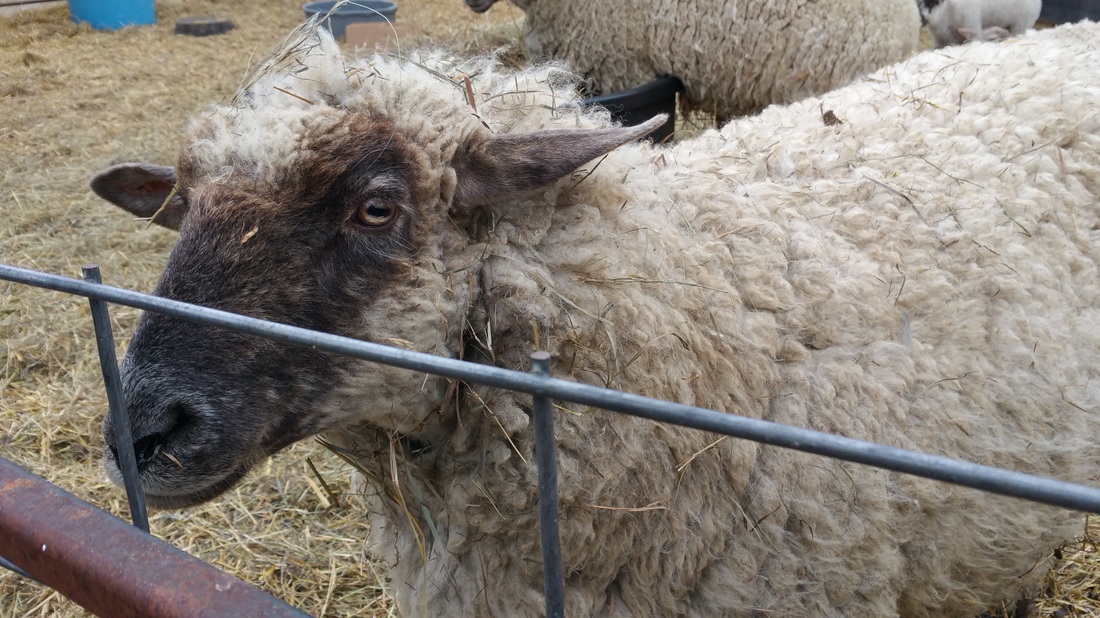 For those that follow me on Instagram or Facebook, know I was helping Gerry shear her sheep this past weekend. I am working on a blog post about how exciting that was, but in the meantime, I also wanted to share a post I wrote for another site I work on and an initiative Gerry and I have been doing called All Things Wool in which we are trying to promote the value of wool. When looking for a fleece at a wool show, it is important to read the judging card to get all the important information that will help in your decision. Most of the time, you are just looking at a fleece in its bag, rolled up with the nicest fleece showing, but what's actually inside? This is where the judging card comes in. Usually before the fleeces are on display, they have been opened up one at a time, examined thoroughly and all the comments are recorded on the card. This is a great source of information for both the producer, so they can see what to work on or what's great, and the buyer can see if this fleece will need more TLC then they are prepared for or if the fleece is even more beautiful then first thought. Let's delve into what a judging card is and what each section encompasses.
One reason Gerry and I work so well together because she is a wool producer and I am an artisan. Between the two of us we made our own judging card which works better for both producers and artisans and it is what we use at all the wool shows we co-ordinate. We allotted certain points depending on importance and combined criteria that was similar in nature. Our card is more streamlined (compared to other artisan style cards) and speeds up the judging process. 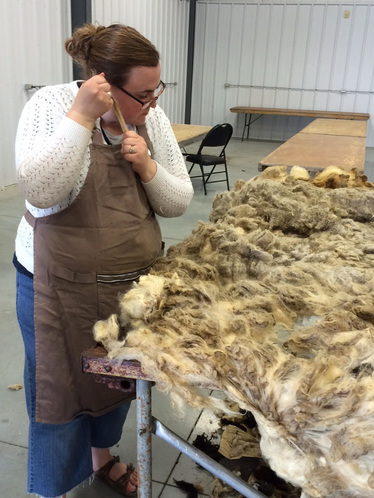 Checking the soundness of this fleece. Photo by Pam Heath of Rare Breeds Canada Checking the soundness of this fleece. Photo by Pam Heath of Rare Breeds Canada Ok, let's begin. Soundness. This is the most important matter on the entire card. This refers to the strength of the fleece. You will often see me pulling out a few locks from different areas of a fleece and putting them up to my ear and pulling them apart, I am listening for tenderness. Clean Yield: You are looking at a dirty fleece, if a fleece has a high clean yield, it means after washing you will still be left with the majority of the fleece. A low clean yield means you have a very dirty fleece where much of the wool will have to be wasted or you will have to put a lot more work into the process. Presentation: We combined a few criteria from the Olds judging card to make this section. This is an informative criteria for both producers and artisans. This category lets you know as a buyer what condition the entire fleece is in. Pay close attention to deductions like skin flakes, second cuts, manure and stains as these issues cannot be washed out. Lustre & Handle: If wool has lustre, it means it has shine. Long wools have amazing lustre whereas fine wools not so much and down wools – not at all. A judge must be fair to the specific breed characteristics. Handle is all about how the wool feels. Is it silky & soft or dry and lack life? Staple Length & Evenness: Fine and medium wools are at least 2” in length and usually 3” – 5”. Long wools normally start around 6” and can be up to 12” long! This category will let you know if the fleece has the same staple length throughout and if the length is adequate for its breed. Crimp Style: Fine wools have a very dense crimp, that’s what gives it, its elasticity. Long wools have a wide wavelength present and medium and down breeds sometimes don’t have a clearly defined crimp. Areas around the upper body will have a finer crimp style then the britch. In all criteria there are deductions or problematic areas. This is good information for the wool producer because they can see which areas they need to work on to improve their fleeces. Deductions are also important for handspinners and fibre workers because it will help you determine how much work you will have to put into the fleece when processing it. As always, if you have any questions you can always ask Gerry or I. We love to talk about wool! If you are a producer and have never entered fleeces into a wool show you should give it a try, you may win ribbons and money! Wool is highly sought after by handspinners, felters and the like. Head on over to the fleece competitions page on our All Things Wool website and find all the information you need. Hope to see you at one or more of the wonderful fibre festivals this year!
0 Comments
Leave a Reply. |
Follow Me:PatternsCategories
All
Archives
August 2023
|
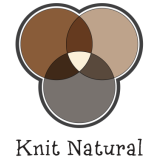
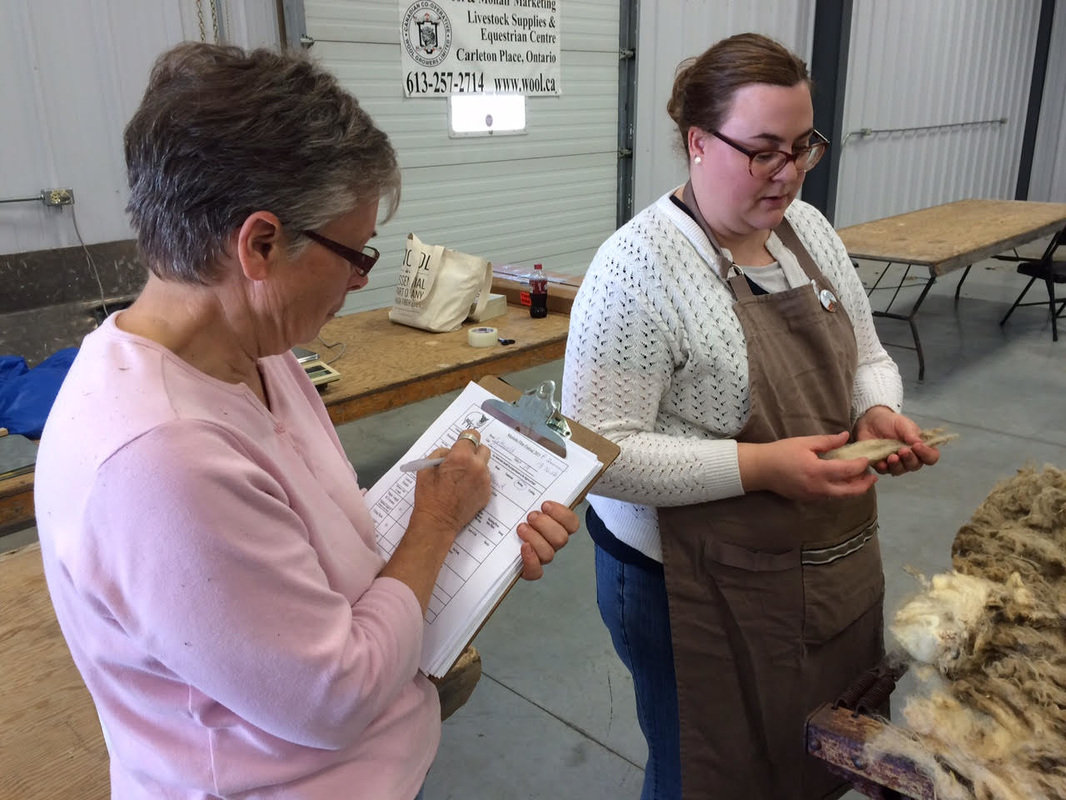
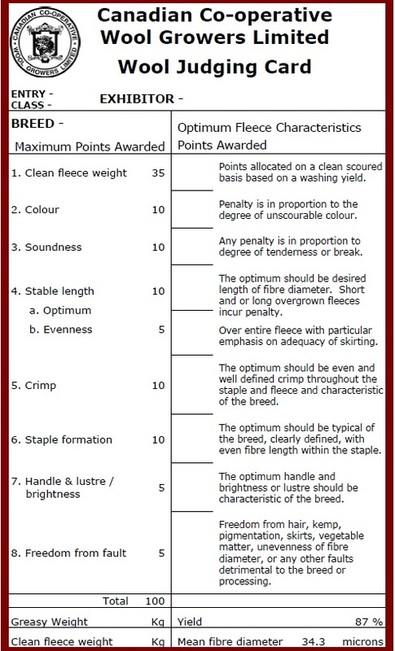
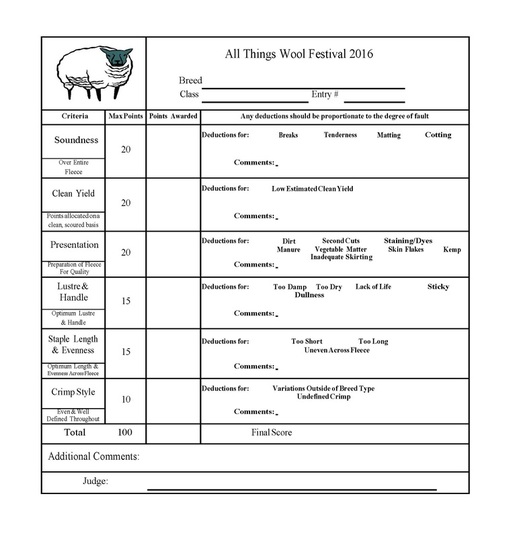
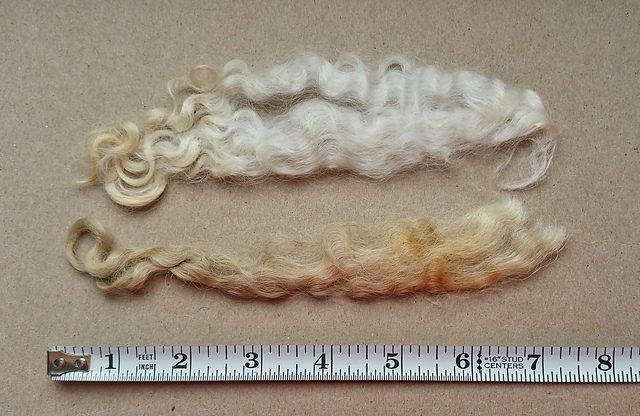
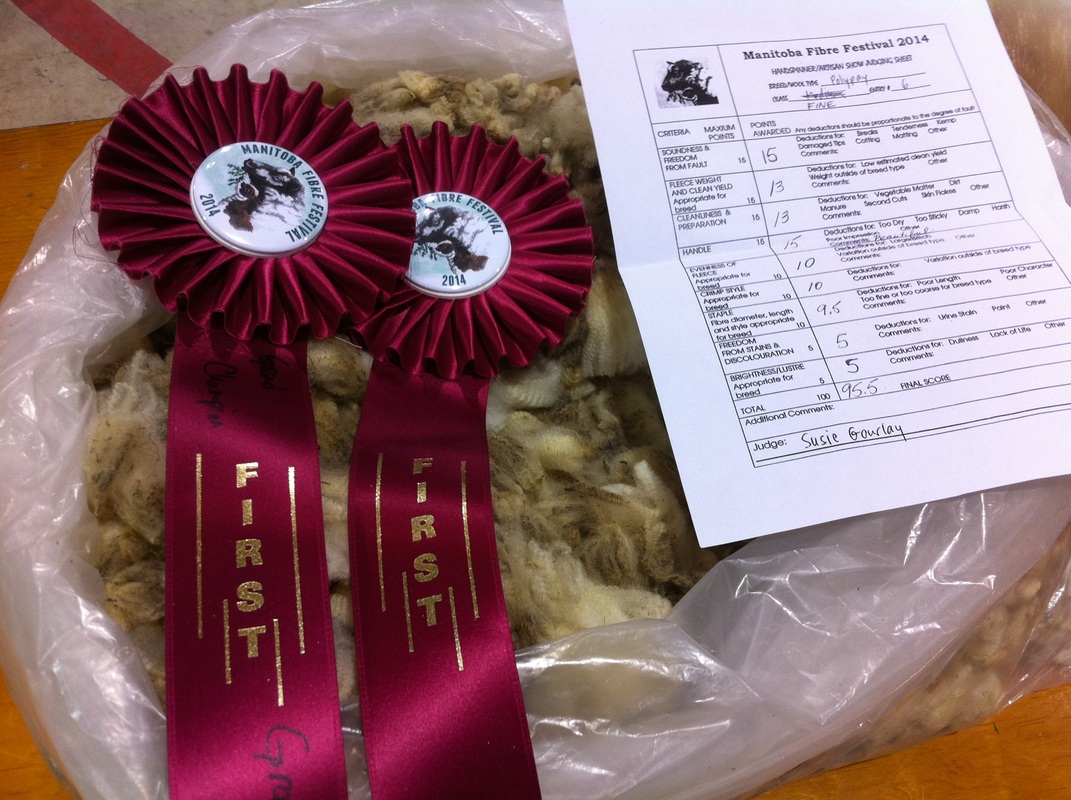






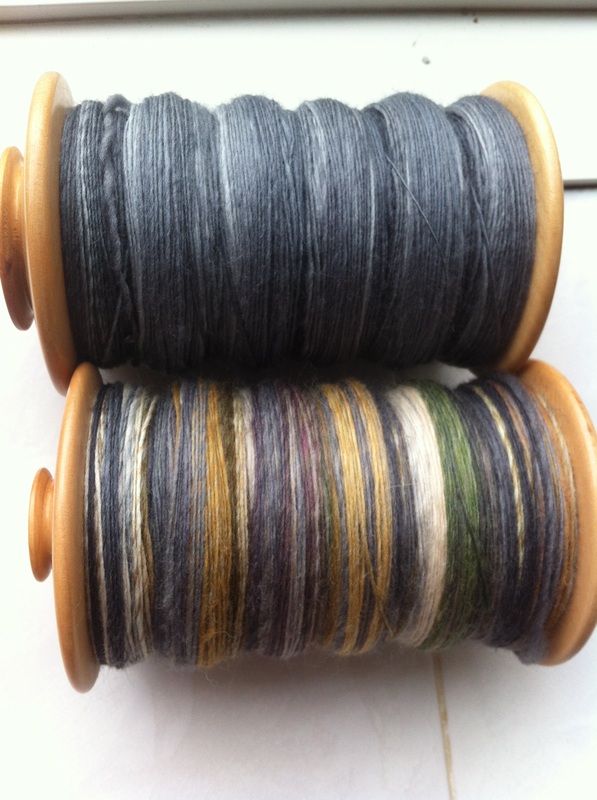

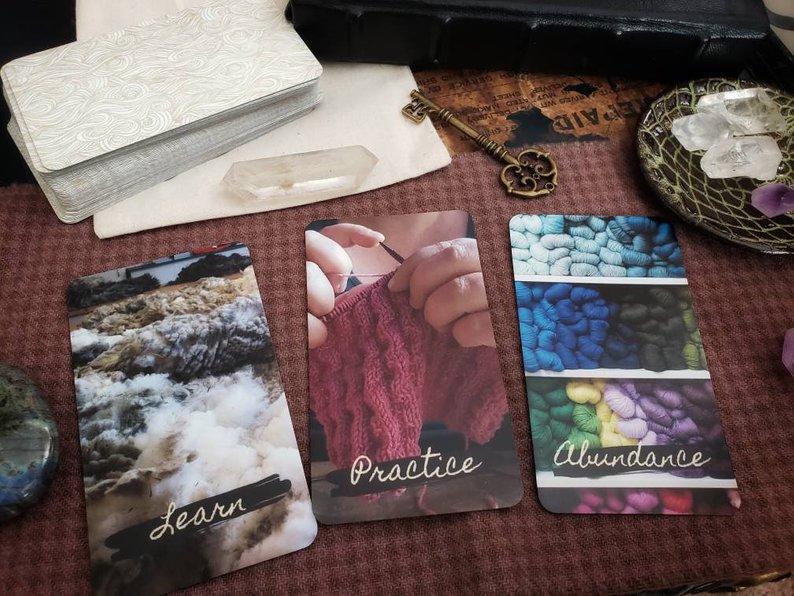
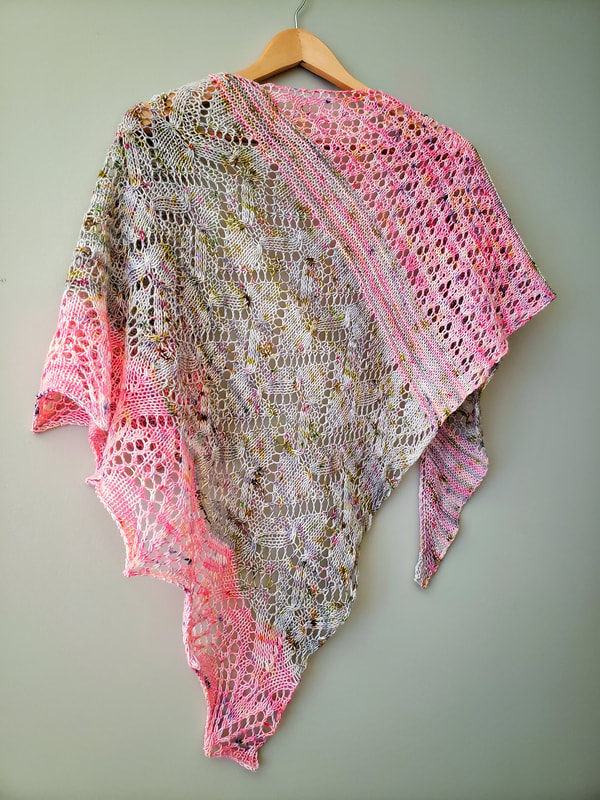
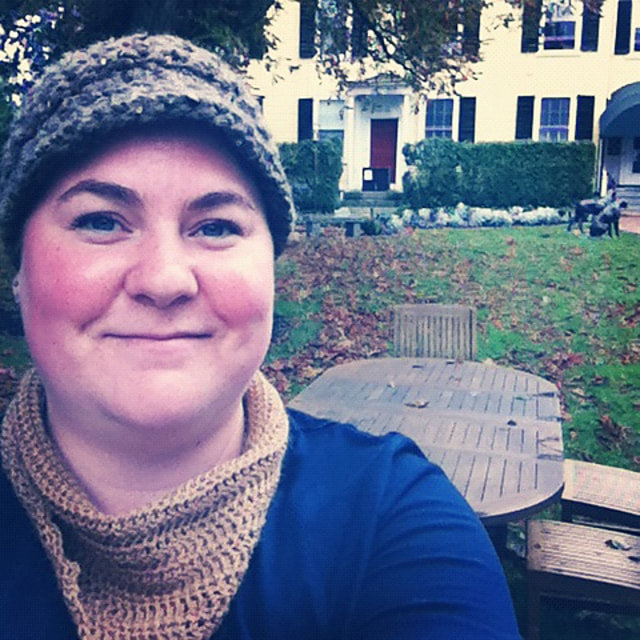
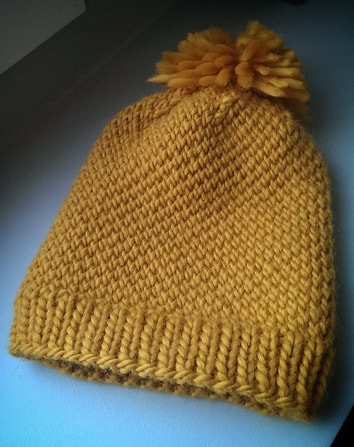
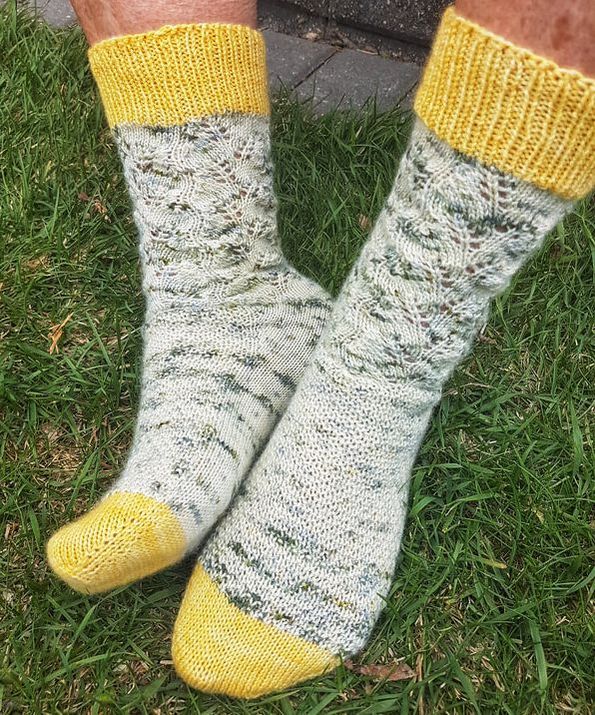
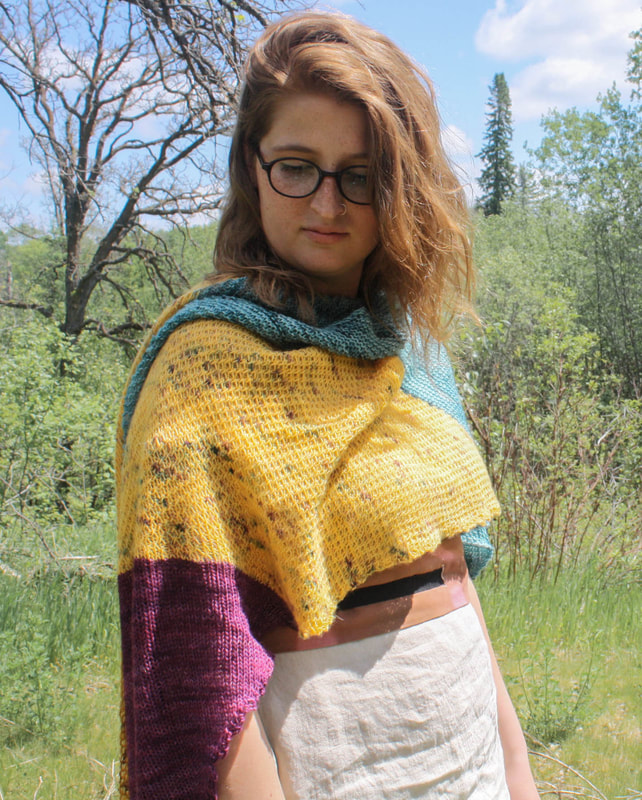
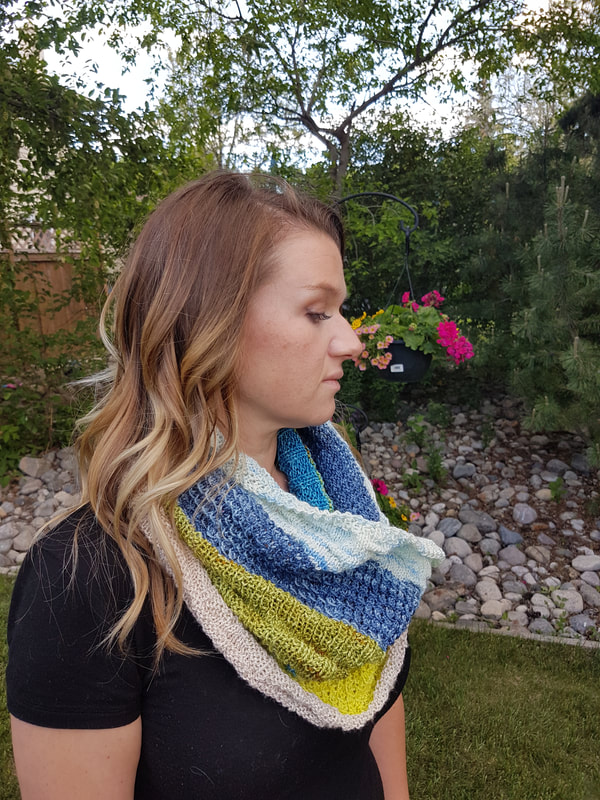
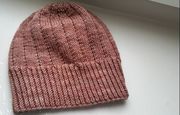
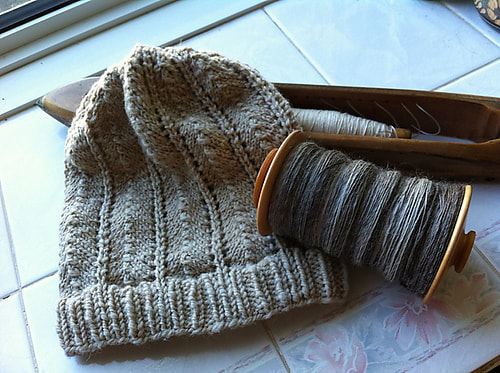
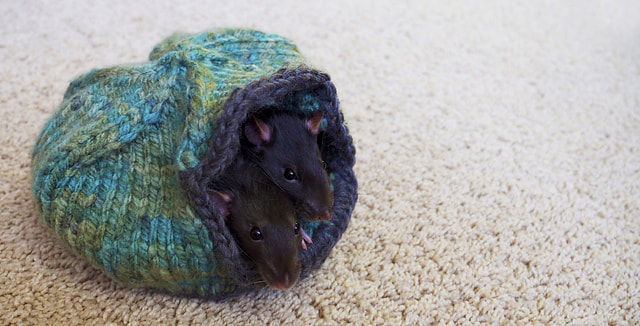
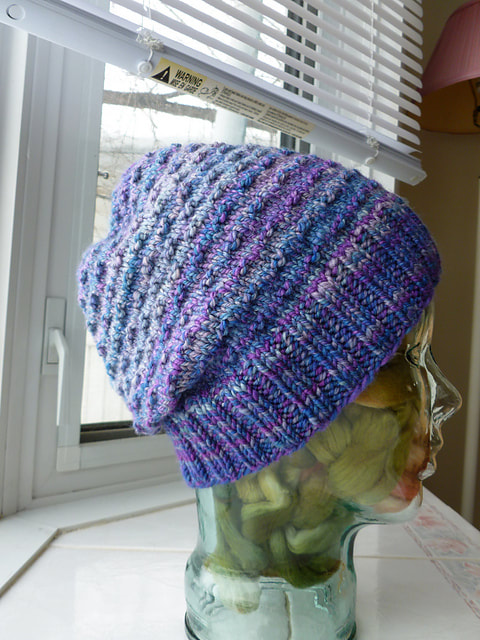
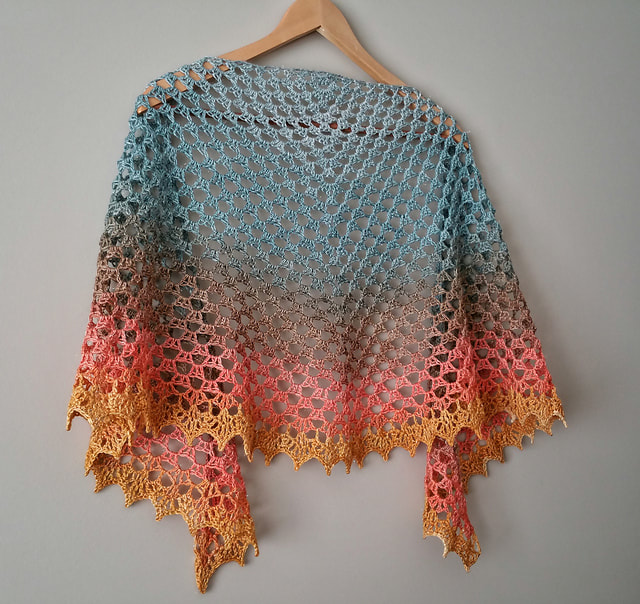
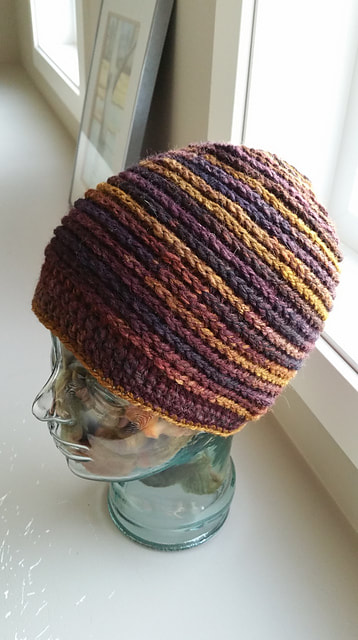
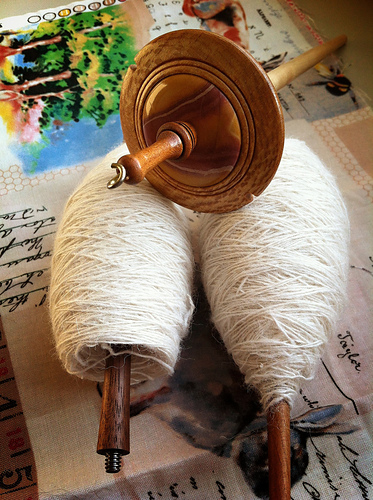
 RSS Feed
RSS Feed
